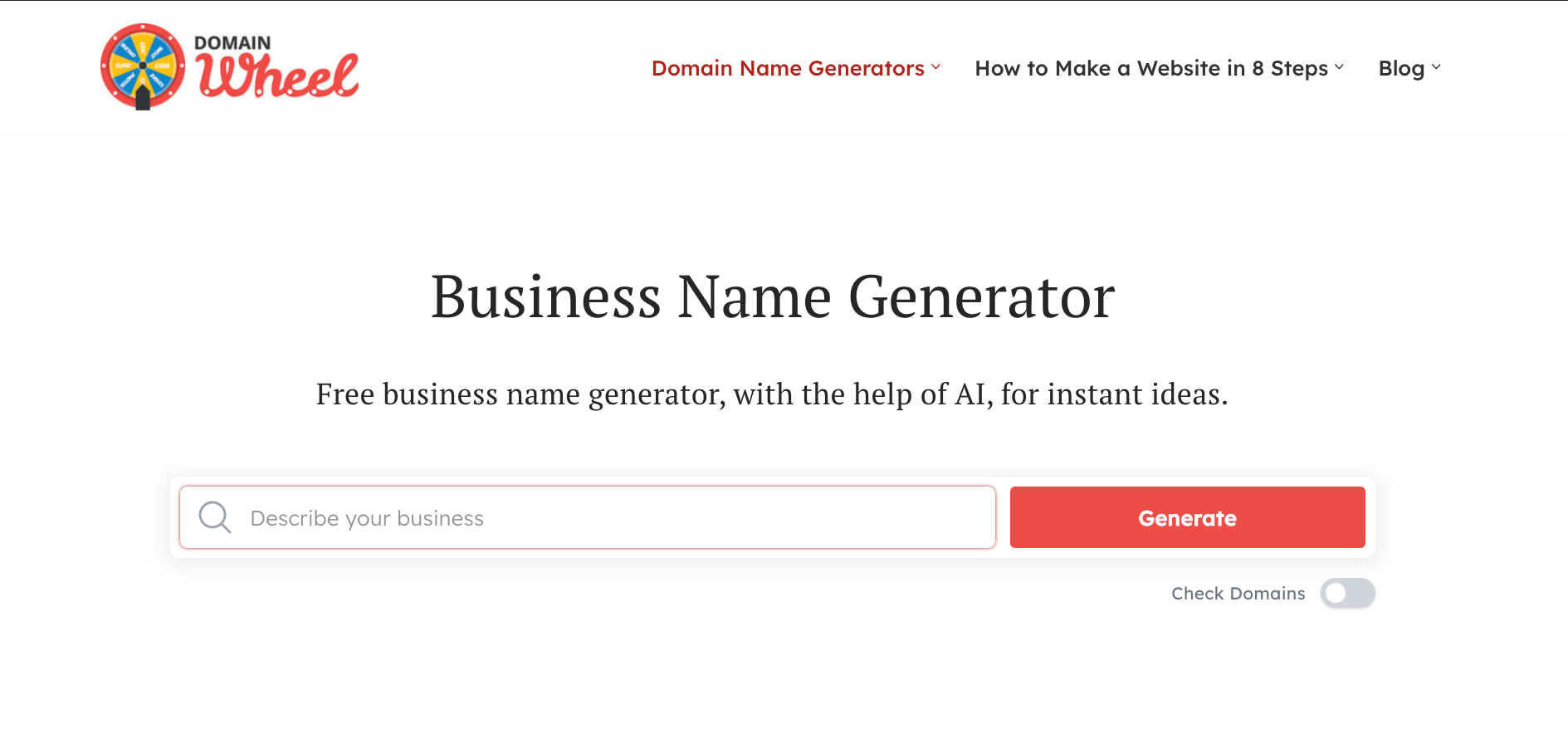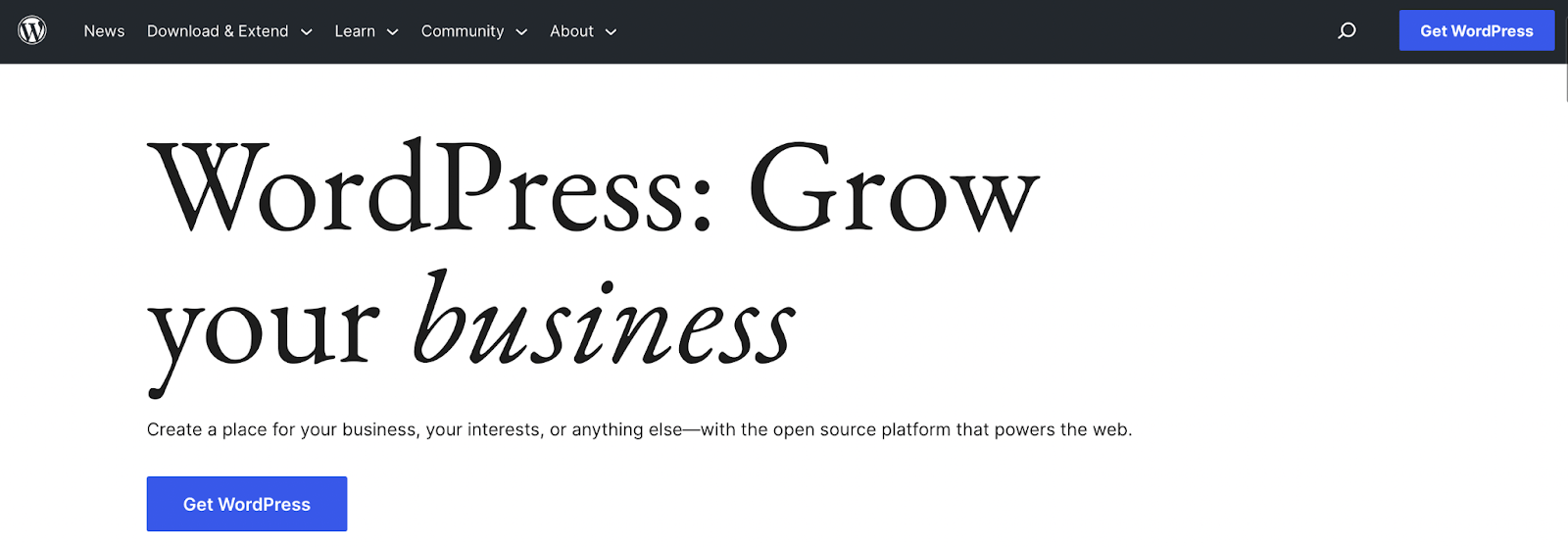Are you looking for a way to share your expertise while earning an income? If that’s the case, you might be wondering how to start an online coaching business in instructional design (ID). However, if you lack certain business or technical skills, this might sound pretty intimidating.
Fortunately, it’s relatively easy to set up an ID coaching business, as long as you’re willing to invest in your own skills and education. Once you’ve chosen an area of expertise, you can build your brand and define your services. Then, you’re able to set up a professional website and market your business online.
In this post, we’ll show you how to start an online coaching business in instructional design. Let’s get started!
Table of contents:
- Choose an area of expertise
- Consider getting accredited
- Build a brand
- Identify your mission and values
- Define your services and prices
- Set up a professional website
- Promote your online coaching business
- Find and pitch clients
Start an online coaching business in instructional design
Now, here are eight main steps to help you set up your online coaching business, create a website, and attract new clients.
1. Choose an area of expertise
The first step is to define a niche or area of expertise in instructional design. This way, you can better meet (and understand) the needs of your clients.
Additionally, having a distinct niche can help your online coaching business stand out among competitors. For example, you may excel at Instructor-Led Training (ILT), or perhaps you have a keen interest in user experience design.
You might also like to think about the types of instructional design models that you prefer, such as ADDIE or Action Mapping. Meanwhile, it can also help to define a target audience. For instance, do you want to serve non-profit organizations or commercial businesses?
Of course, to determine your niche, you’ll want to consider where your passion and interests lie. However, you should also evaluate your experience and existing skills. As an example, you may be good with webinars, Virtual Instructor-Led Training (VILT), and facilitator led design. In this case, you’ll likely want to leverage all that knowledge.
2. Consider getting accredited
The next step to starting a successful instructional design coaching business is to consider getting accredited. Naturally, you may already hold relevant qualifications.
But if you don’t, this is a great way to increase credibility and demonstrate the value of your training. Fortunately, there are many instructional design online courses available, and we’ve covered the top ones on this site a while back.
Furthermore, even if you have relevant qualifications already, it can still be useful to obtain a current certification. This way, you can refresh your knowledge, improve your training, and gain an updated view of current theories and ideas. A new accreditation can also help you further hone in on your new or slightly updated niche.
3. Build a brand
To help set your coaching business apart, it’s a good idea to build a brand with a unique voice and goal. Although we’ll get deeper into this in the next section, a good starting point is to choose a strong business name.
If you’re not sure where to begin, you can try this free business name generator by DomainWheel:

As a rule of thumb, your business name should be short, memorable, and easy to type. Especially since you might like to implement it in your domain name (which is the URL that visitors will use to find your content online).
When it comes to visual branding, you’ll need to think about your color scheme and logo. Ideally, you’ll want these elements to match your brand personality. These will come into play later when you’re designing your website, but you’ll also want to present them consistently across platforms like social media.
4. Identify your mission and values
The next step to start an online coaching business is to identify your mission and values. By this, we mean you should come up with a general coaching philosophy.
For example, will you provide time-tested actionable advice to help clients meet their goals? Or, adopt a more organic approach, guiding your clients towards decisions that lead them to achieving the results themselves?
It might seem a little strange to create a mission statement if you’re a single-person company. However, it can help you refine your intentions, set long-term goals, and understand where your instructional design coaching business is headed.
5. Define your services and prices
One of the most important steps when starting a coaching business is deciding on the types of services you’ll offer and at what rate. To get this right, you’ll want to conduct plenty of research.
If you’re not sure where to begin, checking out your competitors’ websites and noting what they offer and charge can be helpful. It’s important not to set prices too low, as this can cause clients to question your credibility.
On the other hand, if you charge too much, it may be difficult to attract any clients in the first place. You’ll also need to consider your overhead costs to ensure strong profit margins.
Of course, your pricing model is dependent upon the services you provide. With this in mind, it can be useful to offer some variety. For example, you can create a limited, short-path service to accommodate clients on a strict budget. Then, you can provide a more in-depth, long-term coaching option for continued success.
For some inspiration, check out our other post on the current salaries in instructional design and build your starting point from there.
6. Set up a professional website
The easiest way to attract new clients and showcase your services is to create a professional website. This way, you can generate organic leads using search engine optimization (SEO) techniques. Plus, it creates a dedicated hub for your clients where they can get in touch, ask questions, visit your social media pages, and login to their accounts.
In terms of platforms, WordPress makes an excellent option since it’s free, open-source, and easy to customize with plugins:

For example, you might use a membership plugin to create and sell subscriptions and restrict access to premium content. Additionally, you can use tools to schedule Zoom meetings and webinars right from your website.
With this in mind, the easiest way to set up a WordPress site is to choose a quality web hosting provider, and then have WordPress installed through the host’s interface. The other steps are also not too difficult with good guidance. Check out this walkthrough on how to build a website with WordPress all on your own.
7. Promote your online coaching business
Once you’ve set up your website, you’re ready to market your instructional design coaching business. Here are some of the best ways to highlight your offerings and entice people to get involved:
- Social media. You can create an online presence across popular social networks and use hashtags to connect with the right people.
- Advertisements. If you have the budget, you might want to run pay-per-click (PPC) campaigns to gain lots of visibility in search engine results.
- Create a free lead magnet. You can demonstrate the value of your coaching through a free sample. For example, you might put together a downloadable PDF file or offer a 15-minute call to discuss clients’ needs.
- Email marketing. It’s a good idea to add opt-in forms to your website so that visitors can subscribe to your mailing list. Then, you can send personalized emails, offers, and newsletters.
Once you’ve accumulated enough business, you might also showcase client testimonials as social proof. Plus, you can start a blog or a podcast as another way to provide valuable free content for your audience.
8. Find and pitch clients
If you want to start an online coaching business in ID, you’re almost there. However, the last step is to find and pitch your clients.
Naturally, it’s important to identify your ideal target audience, so that you know where (and how) to connect with them. For example, LinkedIn is a great option for a more professional crowd:

Alternatively, you might know someone in your industry that can refer customers, or offer you a guest blogging opportunity.
But generally, with a strong online presence, it should be relatively easy for clients to discover your business. Therefore, it’s always a good idea to post frequently, comment on relevant posts, use hashtags, and participate in forums.
After you find your clients, it’s time to make your pitch. It’s best to adopt a soft-selling strategy so that you don’t come off too aggressive. Instead, consider focusing on the value that you can offer your clients.
When you’re creating your pitch, think about what clients will gain from taking part in your program. Mainly, how will it help them achieve their goals? And, if you have any free resources or client testimonials, you can always include these in your message.
Conclusion
Instructional design is becoming more and more popular. Therefore, if you’re already a designer (or you want to become one), you might be interested in sharing your expertise while making money online.
To recap, here are eight steps to start an online coaching business in instructional design:
- Choose an area of expertise.
- Consider getting accredited.
- Build a brand.
- Identify your mission and values.
- Define your services and prices.
- Set up a professional website.
- Promote your online coaching business.
- Find and pitch clients.
Do you have any questions about how to start an online coaching business in ID? Let us know in the comments section below!

By Karol K
Karol K transforms complex learning and development concepts into user-friendly content tailored for both educators and learners. His insights are enriched by his experience in teaching computer science courses at the Silesian University of Technology during his graduate studies.
